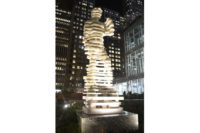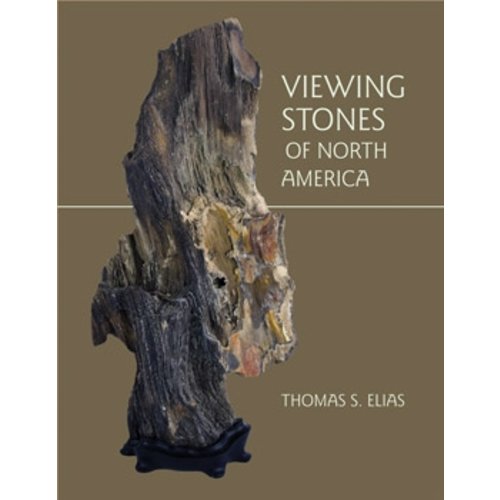A beautiful home in Ketchum, ID -- featuring an extensive use of natural stone -- was conceived from influences of its local surroundings. A total of 3,249 square feet of conditioned space accommodates four bedrooms and four and a half bathrooms, along with 681 square feet of covered terraces and 773 square feet of garages.
“Design inspirations originate from among mountain west architectural vernacular traditions, including various ski lodges, a deep and varied history of mining, ranching and rural barn structures as seen around Ketchum, ID, and the west in general, with each source of inspiration combined together in a coordinated response to the complex shape of the property and related site forces,” said Project Architect Nic Holland of Nic Holland Architects in Austin, TX.
“Although no single source inspired and led to the building form, each variable above needed to be sculpturally managed in order to coalesce, resulting in what the owner considered to be appropriate architectural form, character, texture and materiality for the residence.”
The architect explained he worked closely with his clients to incorporate their tastes and requests into the design. Team member Monica Karriker assisted with the architectural production contributions.
“As passionate snow skiers, mountain sports and outdoor enthusiasts, the owners enjoy a deep and ongoing familiarity with the various mountain west architectural vernacular traditions,” he said. “The design requests arrived as a product of their desire that the building would both demonstrate a respect for the sensitive environmental context presented by the property and incorporate a textural materiality appropriate to the regional building traditions. The built design result reflects the collaboration between owner and architect, and challenges and constraints presented by the site.”
A desire for natural stone
From the start, it was known that natural stone would play a prominent role in the residential design. “Textural potential for projects through use of stone is limitless, achievable across a range of architectural styles extending from the contemporary to the traditional, including design fusions, subgenres and fusions of subgenres between,” said Holland. “In this particular instance, stone captured, and captures, an appropriately rugged permanence and mountain west resonance which could, and can, only be expressed through the substantial visual weight and texture of stone.”
The stone chosen to characterize the residence is “Montana Moss,” which was supplied by Montana Rock Works of Kalispell, MT. “Because the owner and myself had an existing familiarity with the color and texture variations of the stone during a prior project in Oregon, the sampling was able to be conducted digitally through both video and still images,” explained the architect. “Stone, when combined with strong architectural form, delivers a visual power unachievable with other materials. Stone courtyard walls lead the eye toward and physically connect with the principal entrance form for the building, each appearing to emanate from and reinforce the other. In the interior applications, the warmth and complex colorations in the stone contribute to a sense of solidity, bringing the project out of the mundane and ephemeral into the eternal.”
Holland admits that he is a proponent of natural stone. “When stone is appropriate for a project and the client accepts it, I use it every chance I get,” he said. “The combination of aesthetic richness with durability is both compelling and desirable.”
When reflecting on the design and construction of the project, Holland said, “The textural richness delivered through the use of stone enhances strong form and lends the project a sense of permanence. The more the stone is repeated throughout the project. the stronger the project and the form becomes.”
According to the architect, the design of the residential project took approximately a year, including exchanges through reviews and approvals within the highly restrictive city code compliance criteria, and then another year in the construction phase. “I have a general gratitude in that the owners appreciate the power only stone can imbue in visual terms,” said Holland













